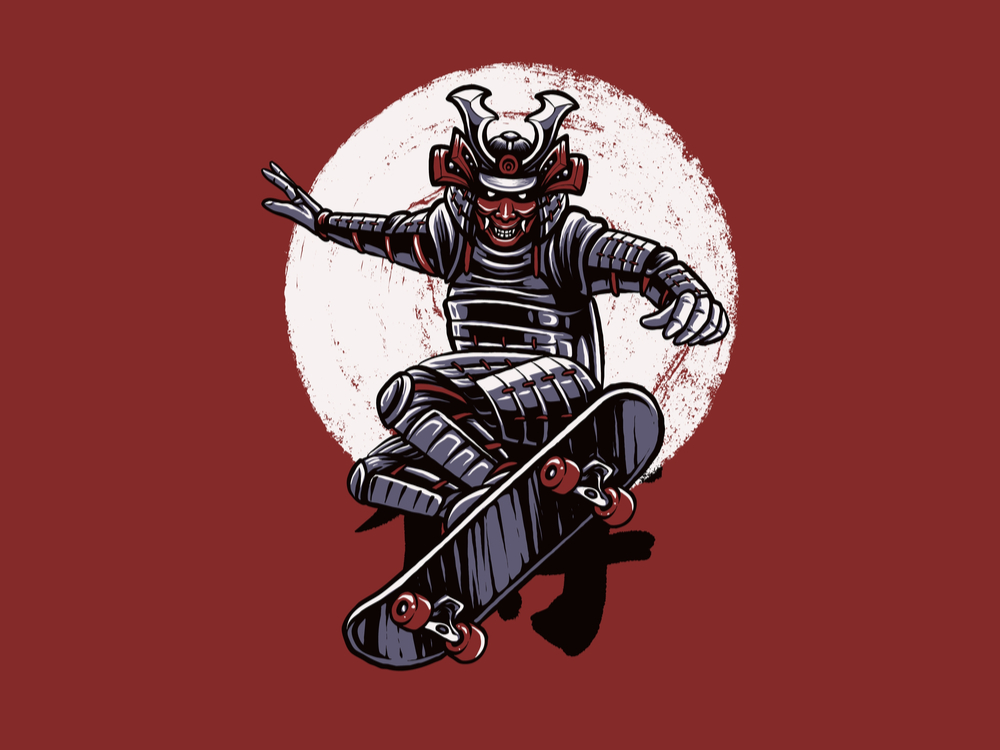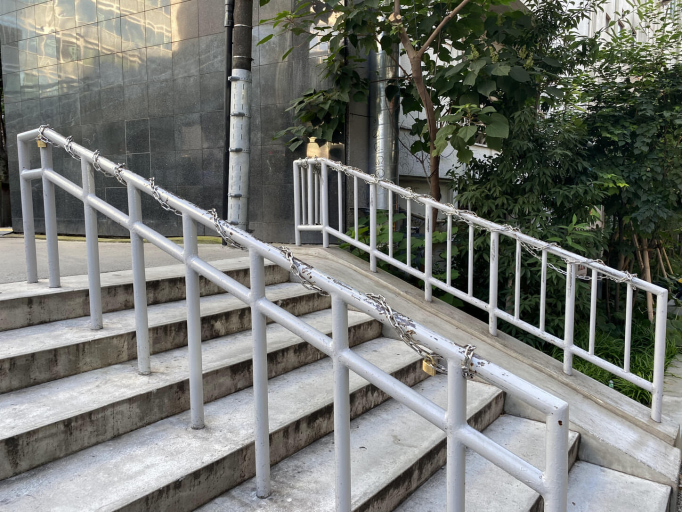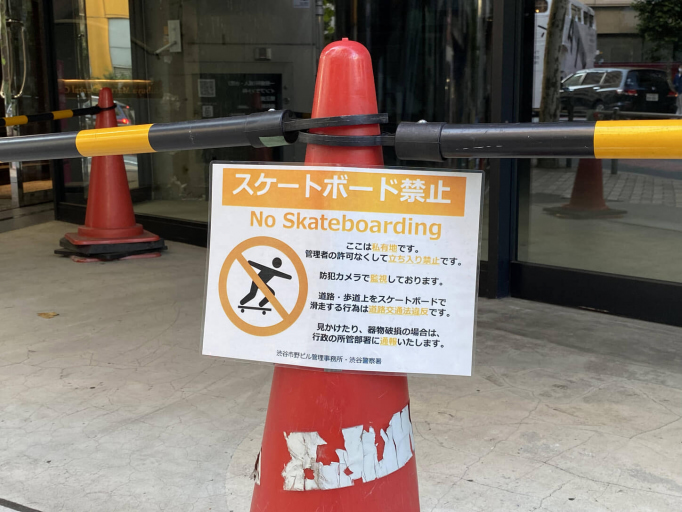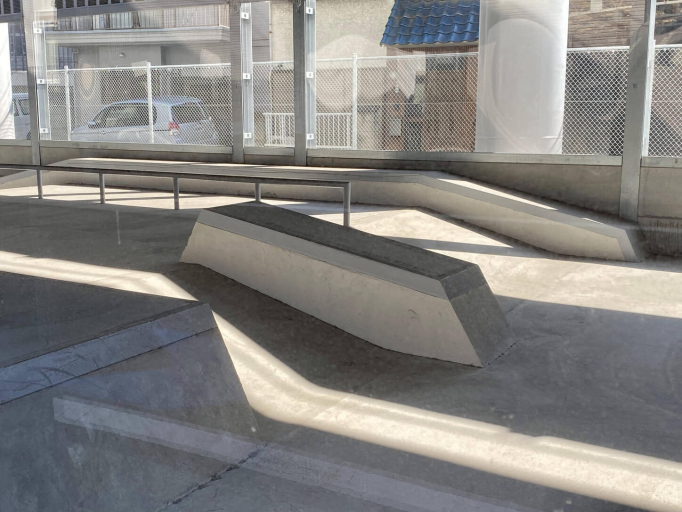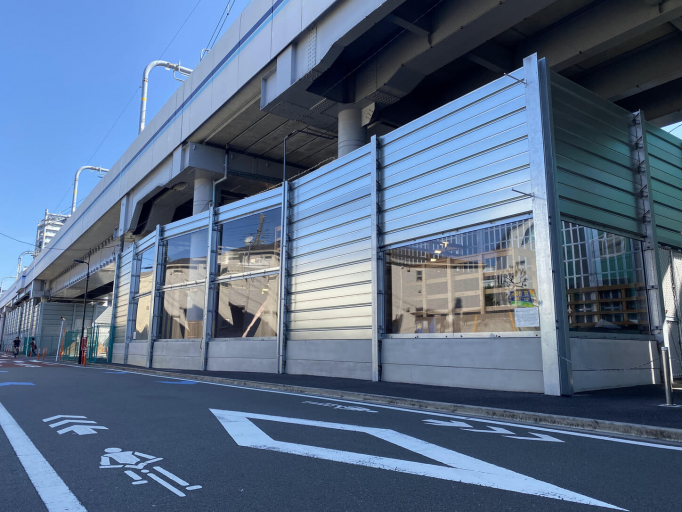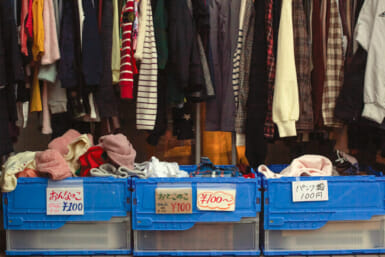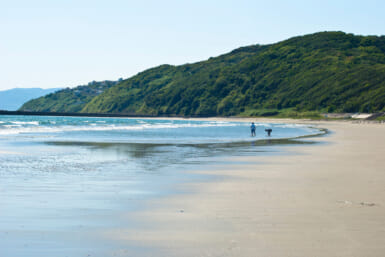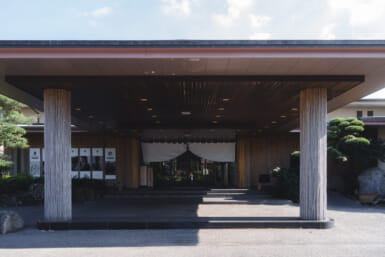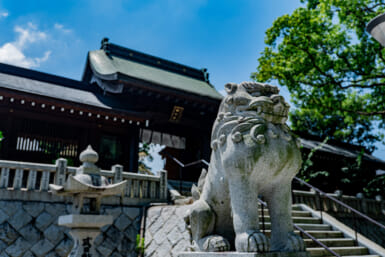Skateboarding is having a moment right now. Since it was approved for inclusion as an Olympic sport in 2016, it went from being regarded as an underground hobby to having the prestige of a professional sport on the global stage. If anything, its Olympic debut shows that in Japan, after winning three out of six street skateboarding medals, the hype will keep growing. Yet, these successes were surprising for many who are familiar with the stigma that skateboarding still carries in this country.
Skateboarding has been frowned upon by many for being a noisy and dangerous activity, infamous for damaging property and associated with a rebellious subculture. With signs around major Japanese cities explicitly prohibiting skateboarding and police officers warning off young skaters on the streets, getting into this hobby can be intimidating. But it doesn’t have to be.
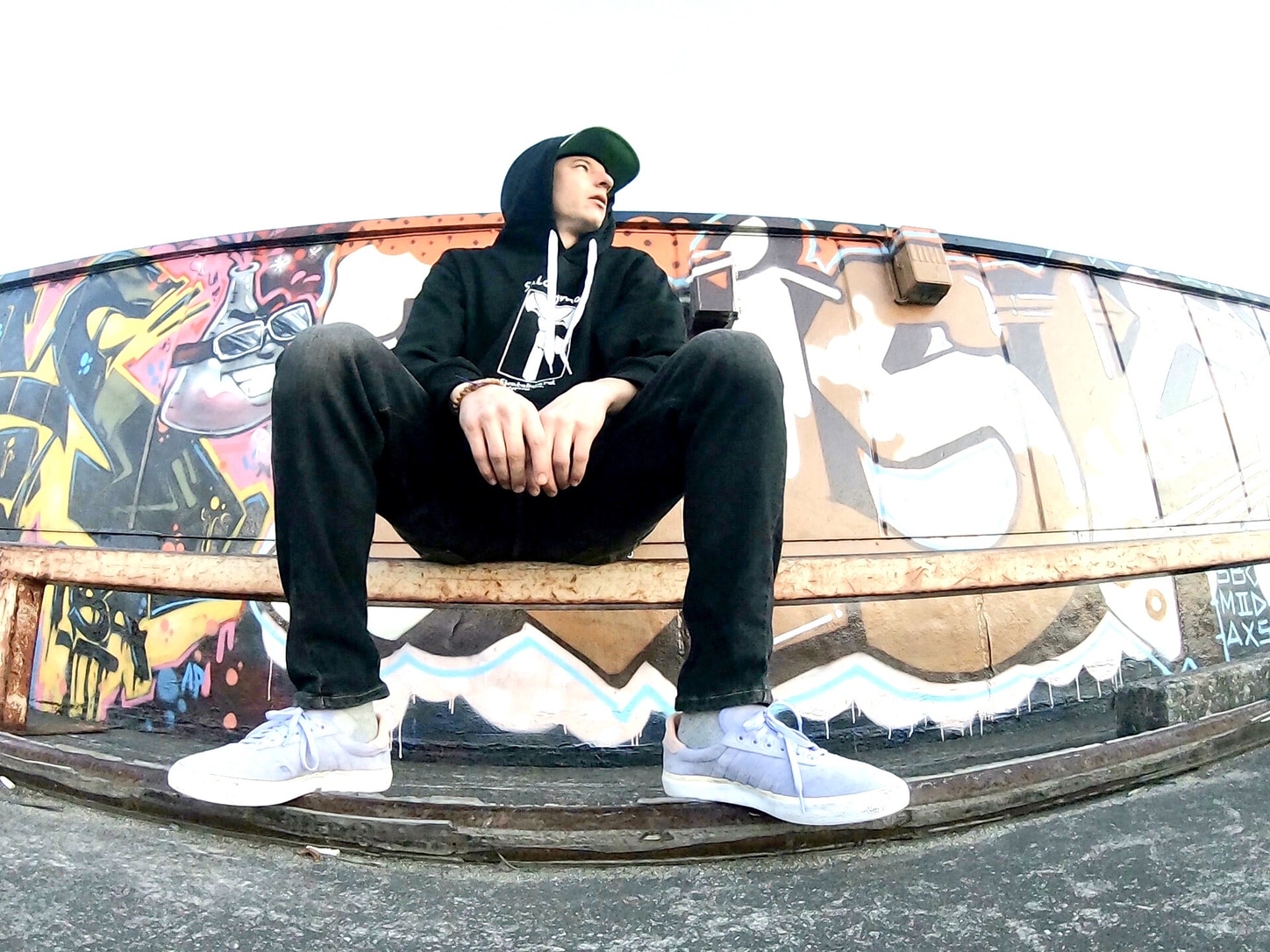
We talked to American veteran skateboarder Anthony Cochran, who has been skateboarding on and off for over 30 years, the last seven of which have been in Japan. For him, skateboarding isn’t just a hobby but a symbol of his identity. Taking into account his and other skateboarders’ experiences, these are some things skateboarding enthusiasts in Japan should know.
Don’t Hop on a Board and Just Start Riding Wherever
In Japan, skateboarding is illegal on roads with frequent traffic and prohibited in most public areas. Riding a skateboard is not allowed in most places in big cities. Because of these restrictions, most skaters ride and practice tricks either at skateparks or secluded spots, like riverside paths. The key is to not bother anyone.
Those who would rather skate by themselves somewhere in the open should do some groundwork first. Stay away from children’s parks, malls, stations and any other areas where people gather or where neighbors may hear you. Look for a quiet spot, like a path along a river, or a paved patch below a bridge, away from houses and children. If you want to avoid people glaring at you on the street, it’s best to take your board with you and only take it out upon arrival at your desired spot.
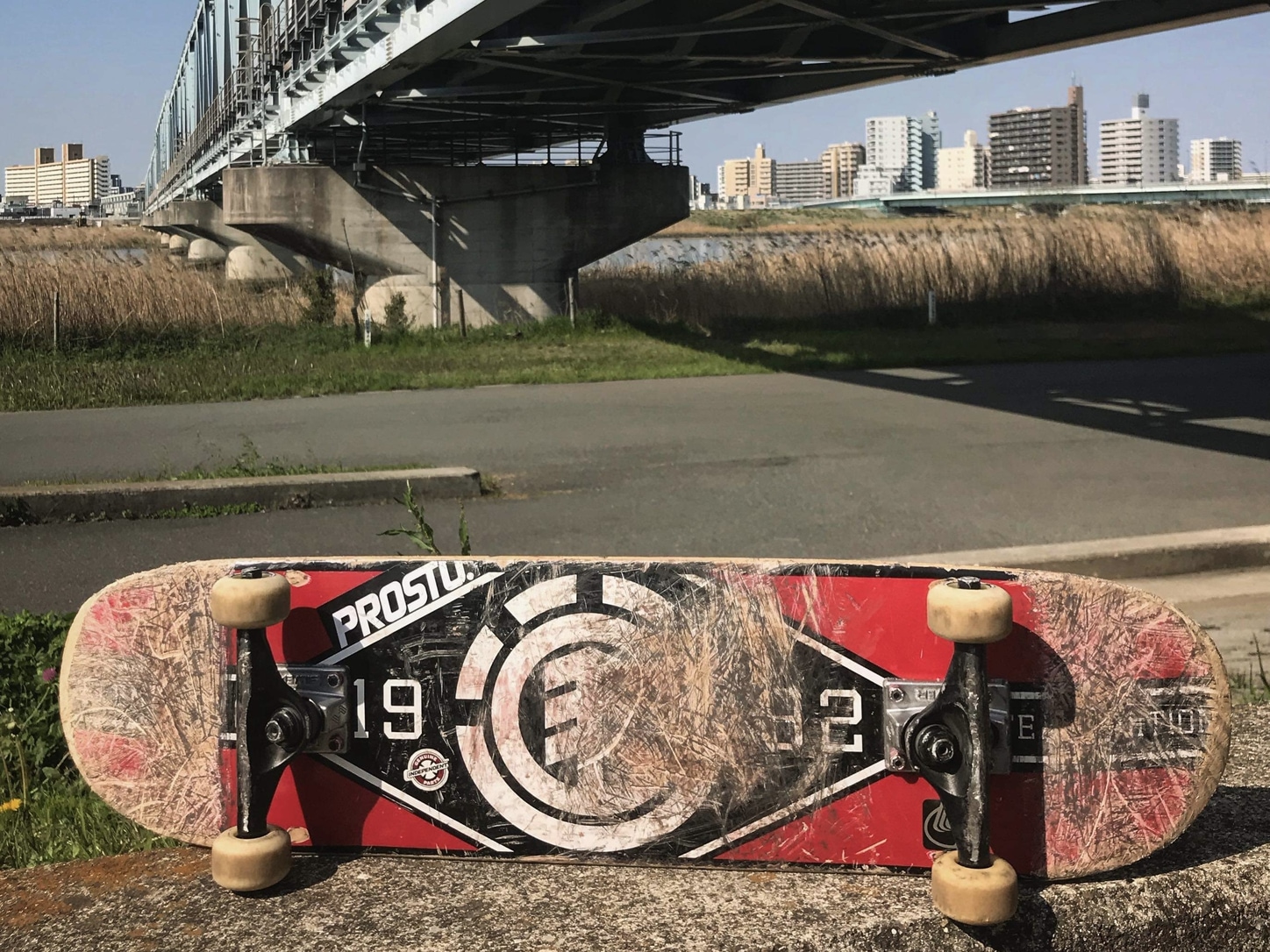
Do Go to a Skatepark
If you prefer to have some company, head over to a skate park. These facilities allow for practicing both street and vert skateboarding. According to Cochran, the number of skate parks available in Japan has been increasing in the past few years. “Maihama Skatepark is a great spot once you dodge the Disney crowds. Shin Yokohama Skatepark has done the best job to provide space for all levels. We are seeing places outside of Kanto really embracing and investing too, which is great,” he says.
Other popular skateparks in Tokyo include Miyashita Park in Shibuya, reopened last year on the fourth floor of the Miyashita Park Shopping Complex, Komazawa Olympic Park, a free sports facility in Setagaya and Raizin Sky Garden by HLNA in Odaiba, a rooftop skatepark that also offers skateboarding lessons for children and adults. Many of these facilities are relatively new and more and more are opening up around the city and beyond. No matter where you are in Tokyo, there’s probably a skatepark nearby.
Don’t Neglect Skateboarding Equipment
Skateboarding pros may look effortlessly acrobatic, but landing a trick implies falling—and getting hurt—numerous times. Even in a top-level competition like the Olympics, well-trained athletes stumble often. In this sport, falling is the rule, not the exception.
If you’re starting out with tricks, consider getting knee and elbow pads, as well as a helmet. Protective equipment is necessary to stay in one piece. Don’t worry about looking like a rookie in the eyes of more experienced riders. In Japan, skateboarders usually don’t shy away from protective gear — and neither should you.
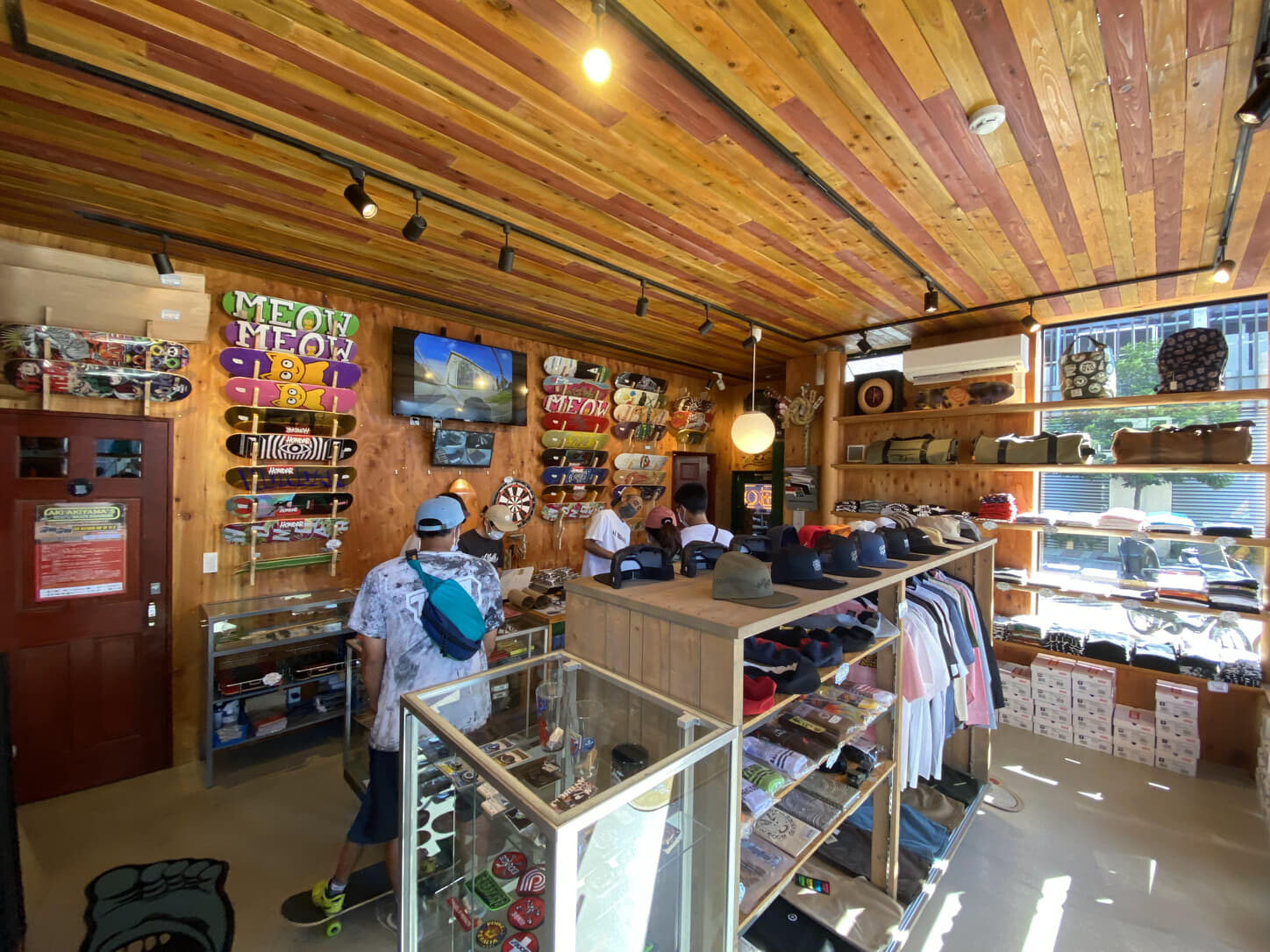
5050 Skateshop in Ota-ku
Wearing adequate shoes for skateboarding is especially important to protect not only your feet, but also your footwear. You will be rubbing the soles of your shoes with the grip tape on the top of the board, which is similar in texture to that of sandpaper. Even the most careful of skateboarders will end up with destroyed shoes. Therefore, think well before sacrificing your beloved converse for a skateboarding session on the weekend and look into buying a pair of skateboarding shoes with vulcanized soles instead.
Do Buy Local to Support the Community
Skateboarding gear, like that of most sports, can easily be found online or in big sporting goods chains. However, going to your local skate shop will bring you closer to the core of this sport — its culture.
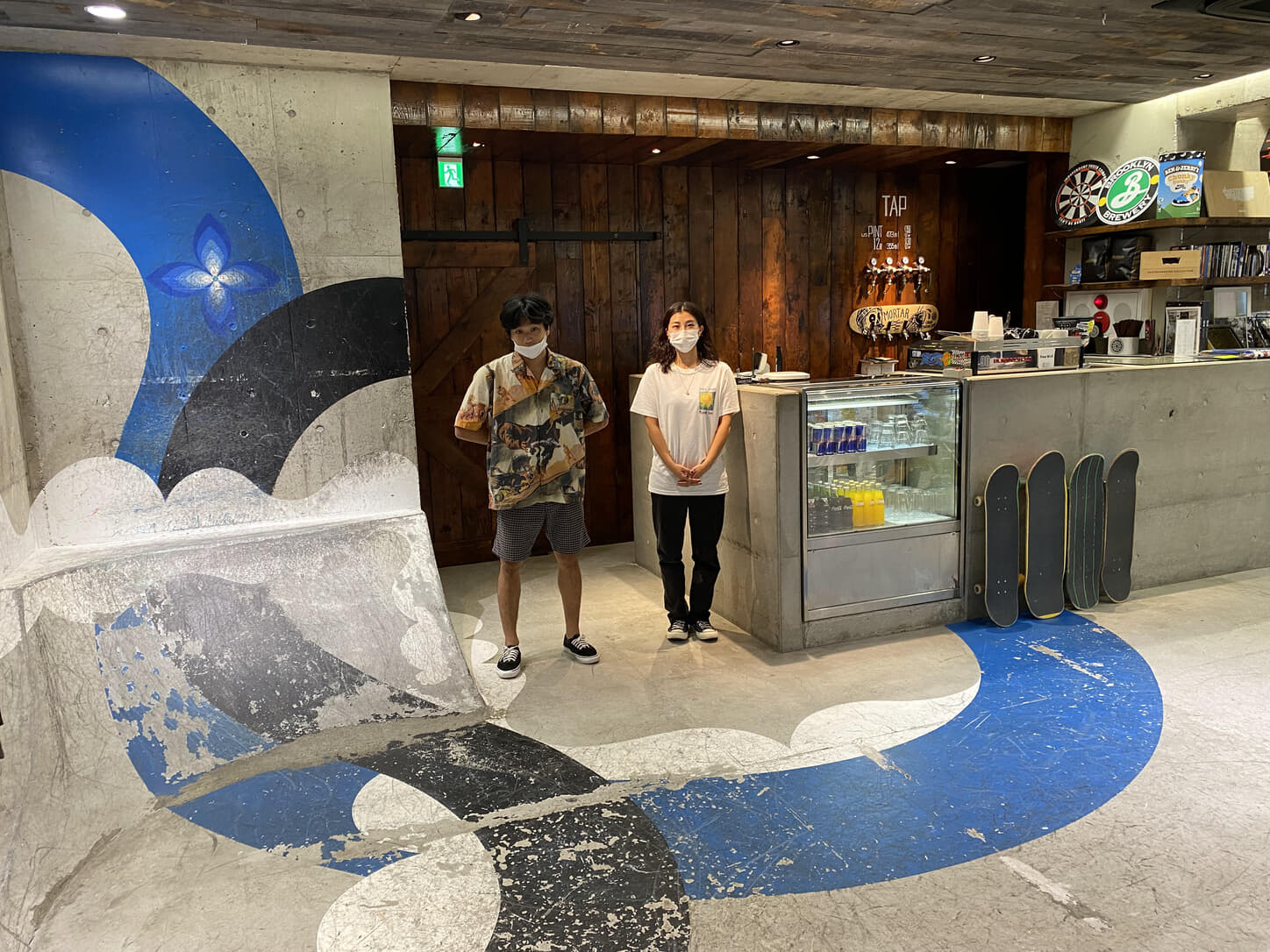
Mortar Skateshop in Shibuya
If you’re unsure of where to go or how to start, look for a skate shop close to where you are. Pay them a visit and don’t be afraid to start a conversation with the staff. Most people who work at skate shops are skateboarders, passionate and knowledgeable about the sport and willing to help. These friendly veterans will get you in the loop of the latest skateboarding events in the city, fill you in on the best spots close to you and put you in the know about any specific regulations your ward may have regarding skateboarding.
“It’s an industry with razor-thin profit margins for the majority of companies and owners. But they do it out of love and that’s what it’s all about,” says Cochran.
Don’t Limit Yourself, Skateboarding is for Everyone
Cochran is on a mission to debunk the notion that skateboarding has an age limit. That mission was the driving force behind his skateboarding apparel brand, Salaryman Skateboard Apparel. His brand intends to be a nod to fellow full-time workers close to or over 30, who, in his own words, “grind through the week just to be able to recapture some of the glory days of their youth on the weekend.” Although many hop on their first skateboard as children, and the sport has an overall juvenile quality attached to it, in the Olympics, 30-somethings competed alongside 13-year-olds. No one is too old (or too young) to start skateboarding.
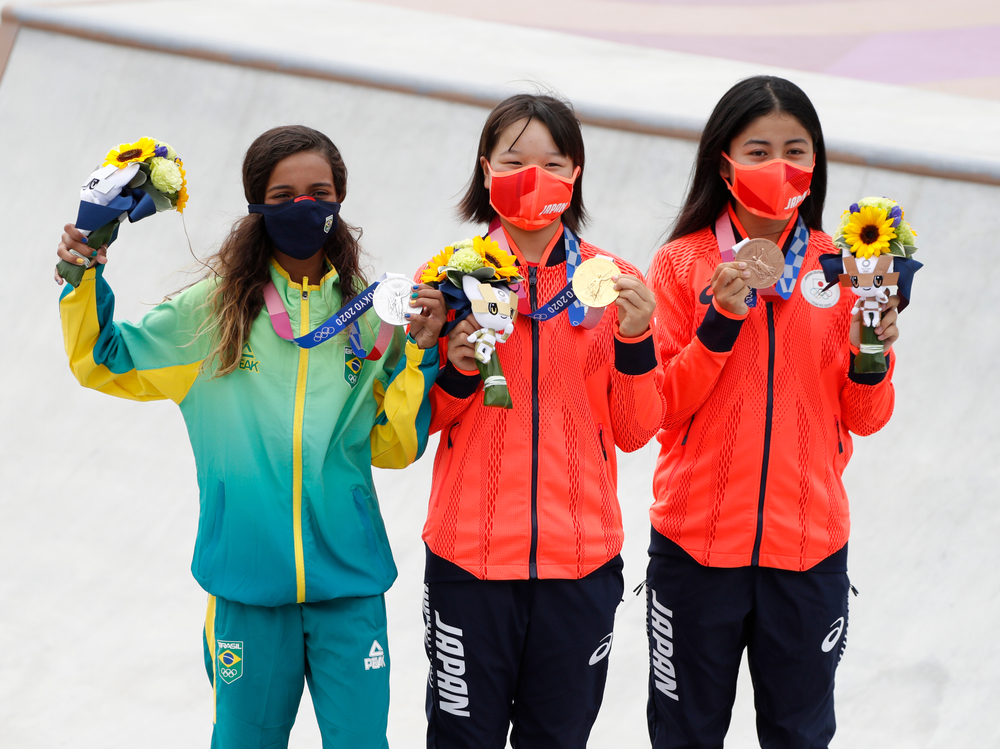
Olympic medalists Momiji Nishiya, Rayssa Leal and Funa Nakayama.
Photo by A.Ricardo / Shutterstock.com
Skateboarding has no gender either, although it used to be a predominantly male-dominated activity. It took many years after its offset in the 1950s for female skateboarding to develop, but things have changed for the better. Rising superstars like Sky Brown and Rayssa Leal are becoming role models for the newer generation. Japan has its own share of female skateboarding stars. Notably, the Olympic gold and bronze medal winners Momiji Nishiya and Funa Nakayama, 2019 X-Games winner Aori Nishimura and vert skateboarder Kokona Hiraki, the youngest Japanese summer Olympian on record. With this precedent and a bright future ahead, everyone is welcome to twist, jump and ride both in Japan and abroad.
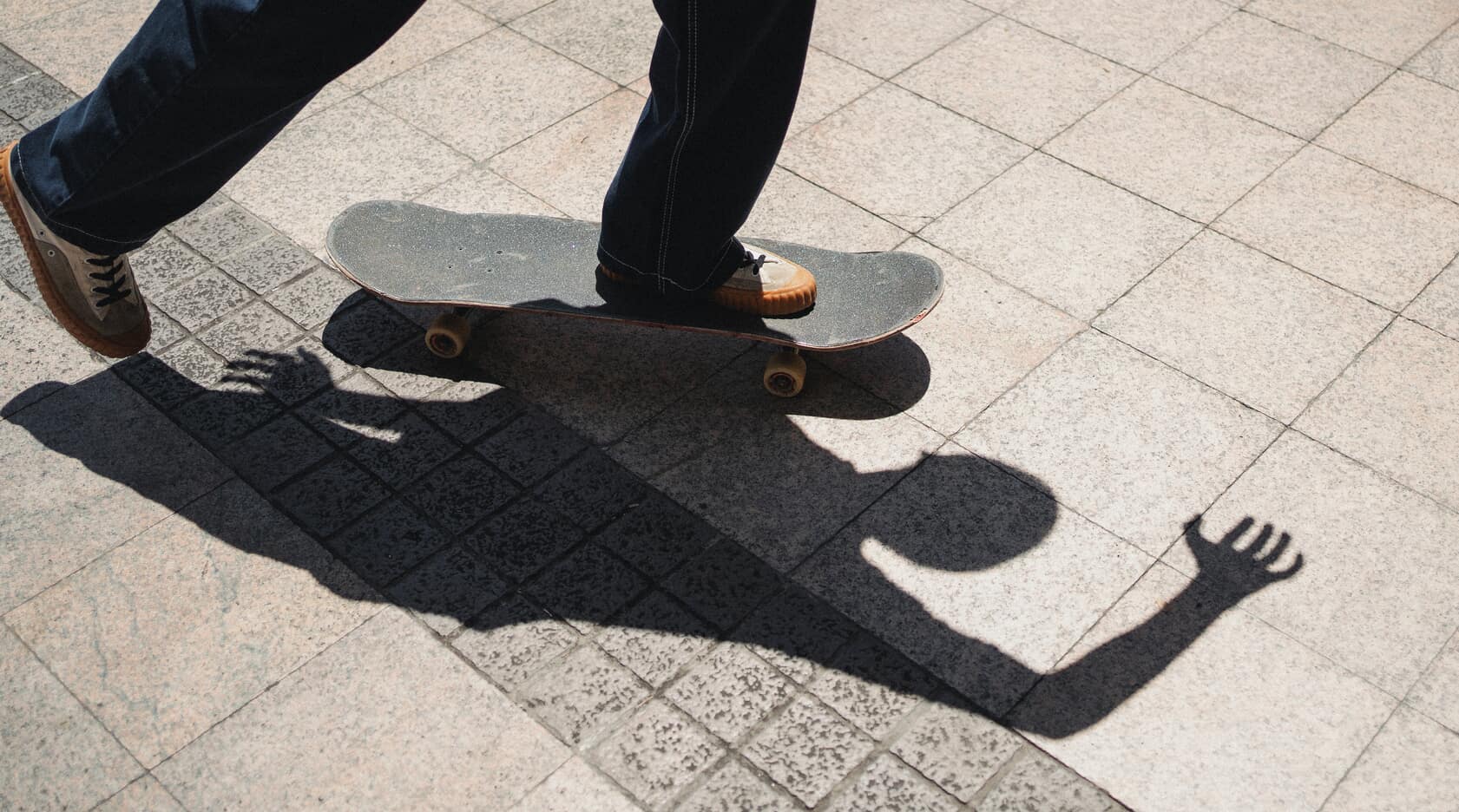
You can certainly skateboard on your own, but skateboarding can be a great way of making friends in Japan. There are many exciting things that come with it such as meeting new people, embracing the lifestyle and getting some physical exercise. We’re seeing more inclusion and equality both on ramps and on the streets, as well as witnessing a growth in both the popularity and understanding of the sport in Japan. We, therefore, feel there’s no better time than now to hop onto a board and have some fun.
Featured image by Singink via Shutterstock

